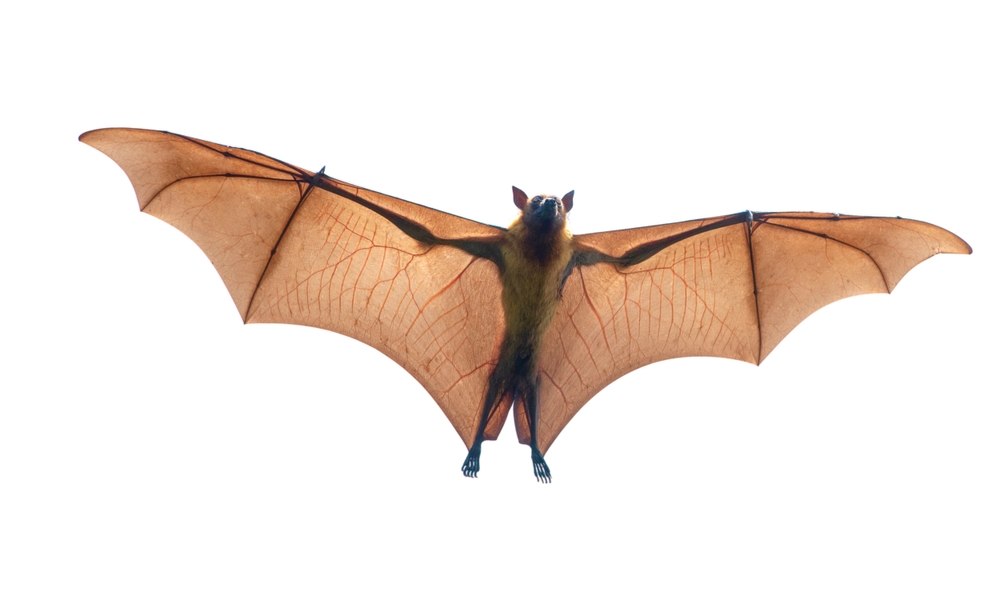Source: Popular Science
Scientists have discovered how bats avoid crashing into each other when emerging in dense swarms from caves: they adapt their echolocation behavior. In a study published in Proceedings of the National Academy of Sciences, researchers tracked Greater mouse-tailed bats in Israel’s Hula Valley using high-resolution GPS and ultrasonic microphones. Despite overwhelming “jamming” noise—where 94% of echolocation signals overlapped—bats avoided collisions by quickly adjusting their behavior. Within five seconds of exiting the cave, bats spread out slightly while maintaining group cohesion and shifted to shorter, weaker, higher-frequency calls.
These adjustments help them focus on detecting the nearest bat rather than processing all surrounding echoes. Previously, researchers believed dispersing alone solved jamming, but this study, which used real-world tracking and simulation models, revealed that bats prioritize detailed information about nearby individuals. The findings shed light on how bats navigate chaotic soundscapes, highlighting the importance of studying animal behavior in natural settings to understand their sensory strategies.
Read the full story HERE: https://www.popsci.com/environment/how-bats-avoid-crashing/

